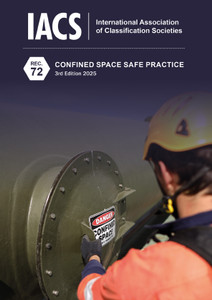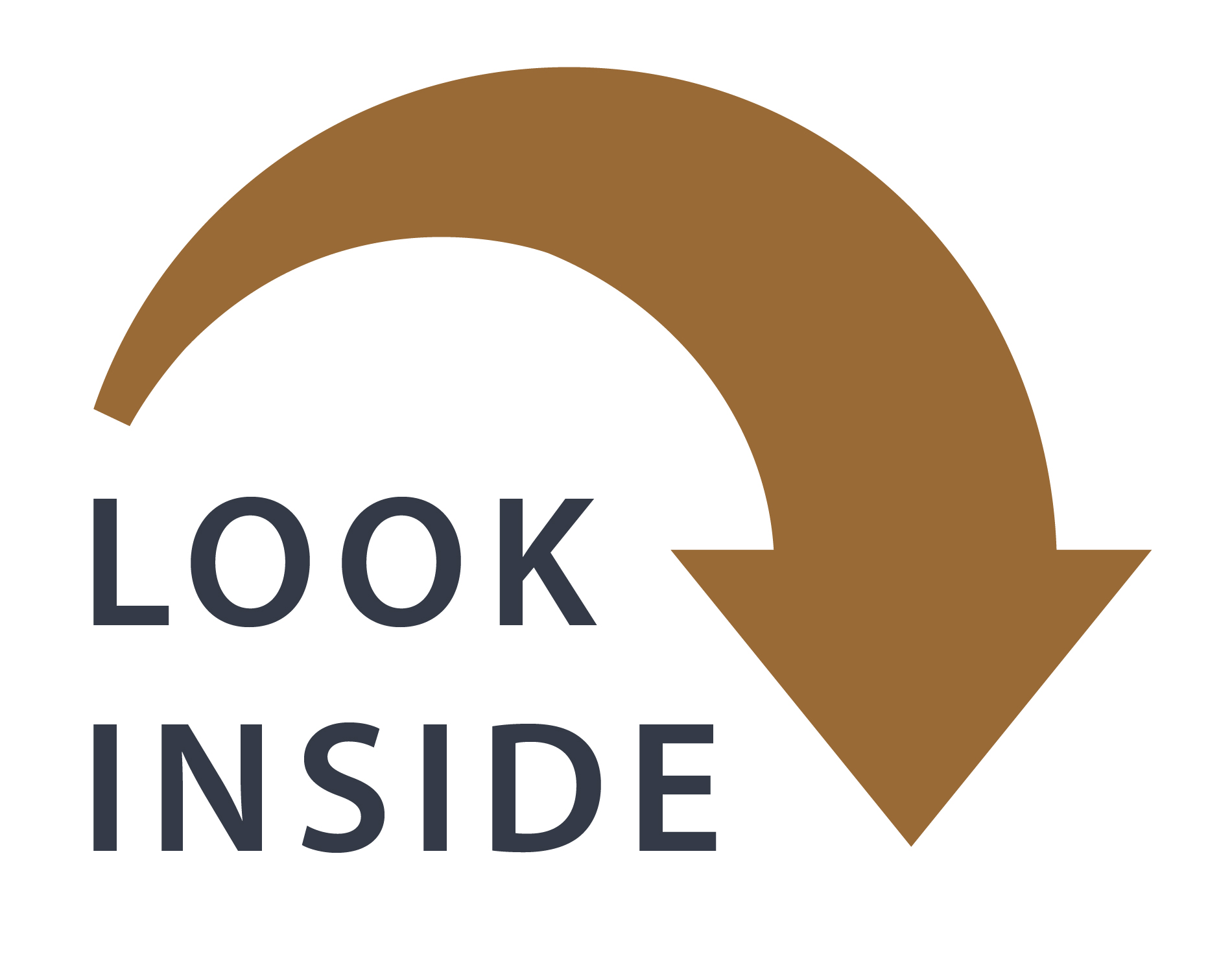
This publication provides guidance on shipbuilding quality standards for hull structures during new construction and offers remedial criteria where these standards are not met. Applicable to conventional merchant ship types and structures fabricated from normal and higher strength steels, it outlines the acceptable workmanship ranges and inspection tolerances that support consistent and safe construction practices. It is intended for use where no established national or shipbuilding standards have been adopted by the Classification Society.
This standard sets out shipbuilding quality requirements for hull structures during new construction, including criteria for corrective measures when those requirements are not achieved. It also includes repair quality standards for existing ships. This standard is intended for situations where no recognised shipbuilding or national standards are in place.
Although the standard generally applies to conventional merchant vessels, hull areas governed by the rules of the Classification Society and hull structures constructed from normal and higher strength hull structural steel, applicability is subject to agreement with the Classification Society.
It does not typically apply to special ship types, such as gas tankers, or to structures made from stainless or other special steels.
The standard defines both 'Standard' and 'Limit' ranges for workmanship. The 'Standard' range reflects expected outcomes under normal conditions, while the 'Limit' range indicates the maximum allowable deviation. Work falling within the 'Limit' range is considered acceptable; where no such limit is given, values beyond the 'Standard' may still be accepted by the Classification Society.
It includes requirements for general construction practices, gas cutting, fabrication, alignment, welding joint details and remedial actions. Separate provisions cover repairs, including general repair requirements, welding, material use and qualification of personnel involved in repair work.
For any structural details or fabrication procedures not included in the standard, Classification Society approval is required based on qualified procedures or recognised national standards. The standard also specifies qualification requirements for personnel and procedures and includes dedicated guidance on the use of materials.
References
Standards
- PART A Shipbuilding and Remedial Quality Standards for New Construction
1. Scope
2. General requirements for new construction
3. Qualification of personnel and procedures
4. Materials
5. Gas Cutting
6. Fabrication and fairness
7. Alignment
8. Welding Joint Details
9. Remedial
- PART B Shipbuilding and Repair Quality Standard for Existing Ships
References
Standards
1. Scope
2. General requirements for repairs and repairers
3. Qualification of personnel
4. Materials
5. General requirements to welding
6. Repair quality standard
Dedicated to safe ships and clean seas, IACS makes a unique contribution to maritime safety and regulation through technical support, compliance verification and research development. More than 90% of the world's cargo carrying tonnage is covered by the classification design, construction and through-life compliance rules and standards set but the twelve Members Societies of IACS.
IACS is a not for profit membership organisation of classification societies that establish minimum technical standards and requirements that address maritime safety and environmental protection and ensures their consistent application. It carries out this responsibility through its panels, expert groups and project teams and provides a Quality System Certification Scheme (QSCS) that its Members comply with, as an assurance of professional integrity and maintenance of high professional standards. IACS is recognized as the principle technical advisor of IMO.
http://www.iacs.org.uk/
- Number of Pages:
- 84
- Published Date:
- May 2025
- Book Height:
- 234 mm
- Book Width:
- 155 mm
- Weight:
- 0.7 kg
- Publication Date:
- May 2025
- Author:
IACS
- Preview:
- Yes
- ISBN:
- 1917308586






